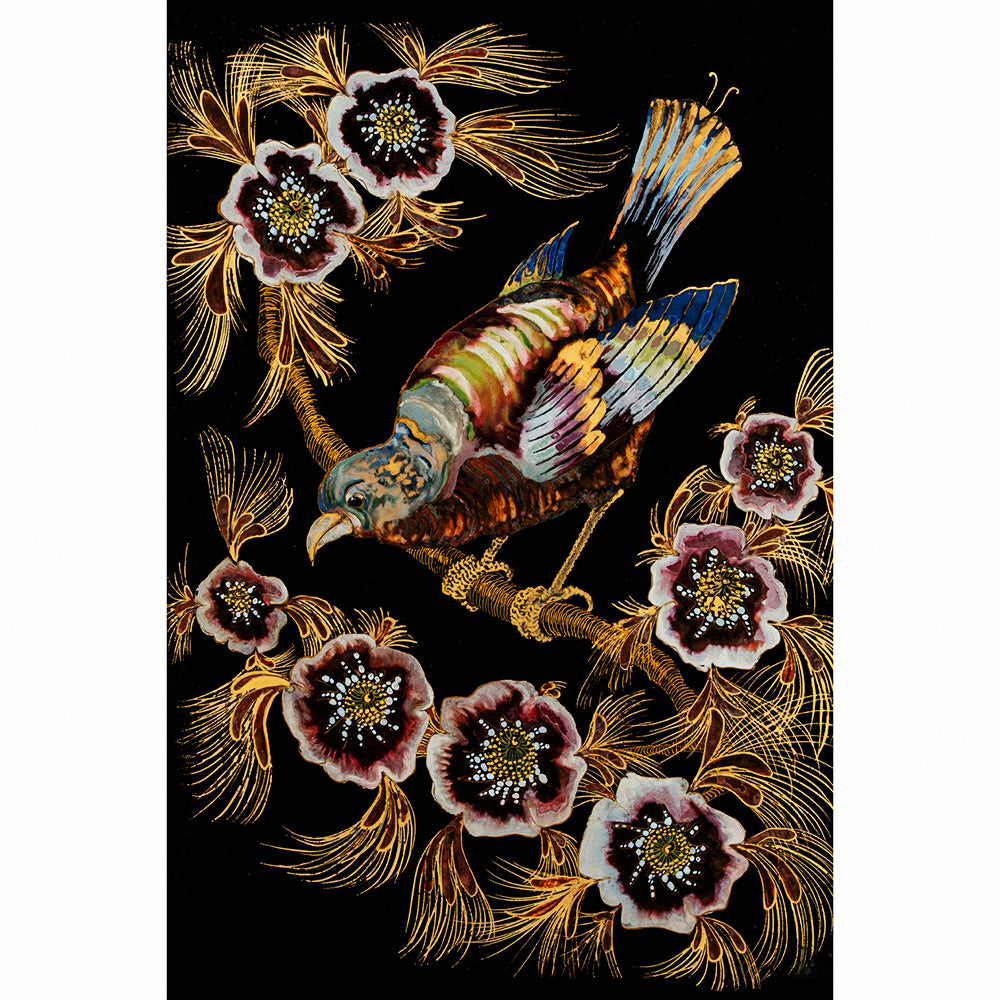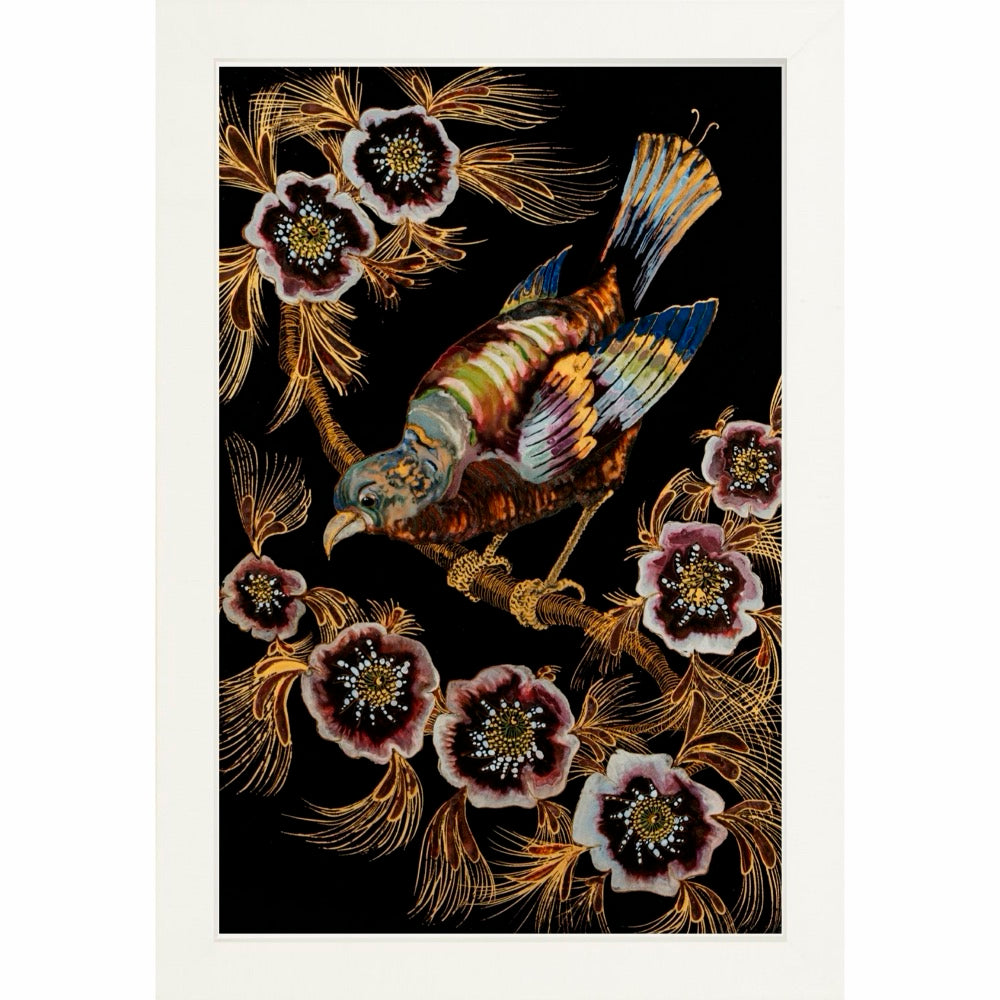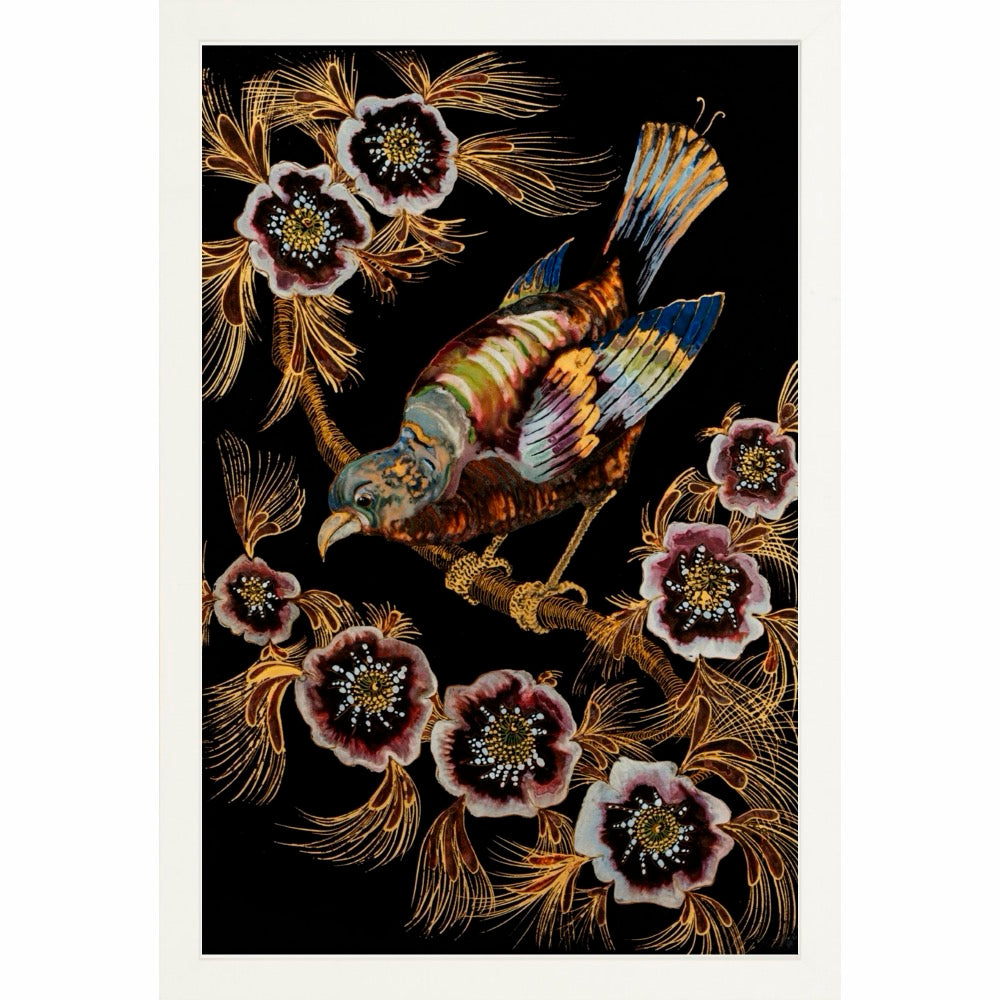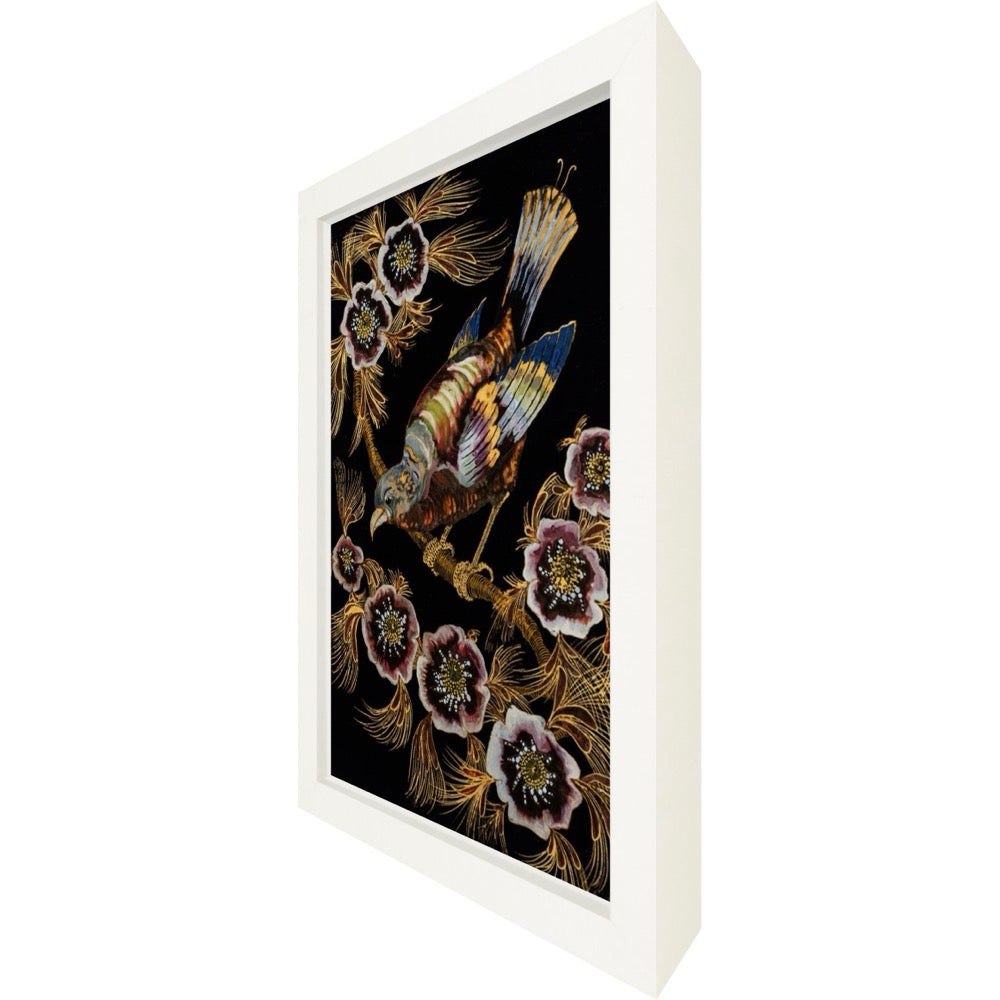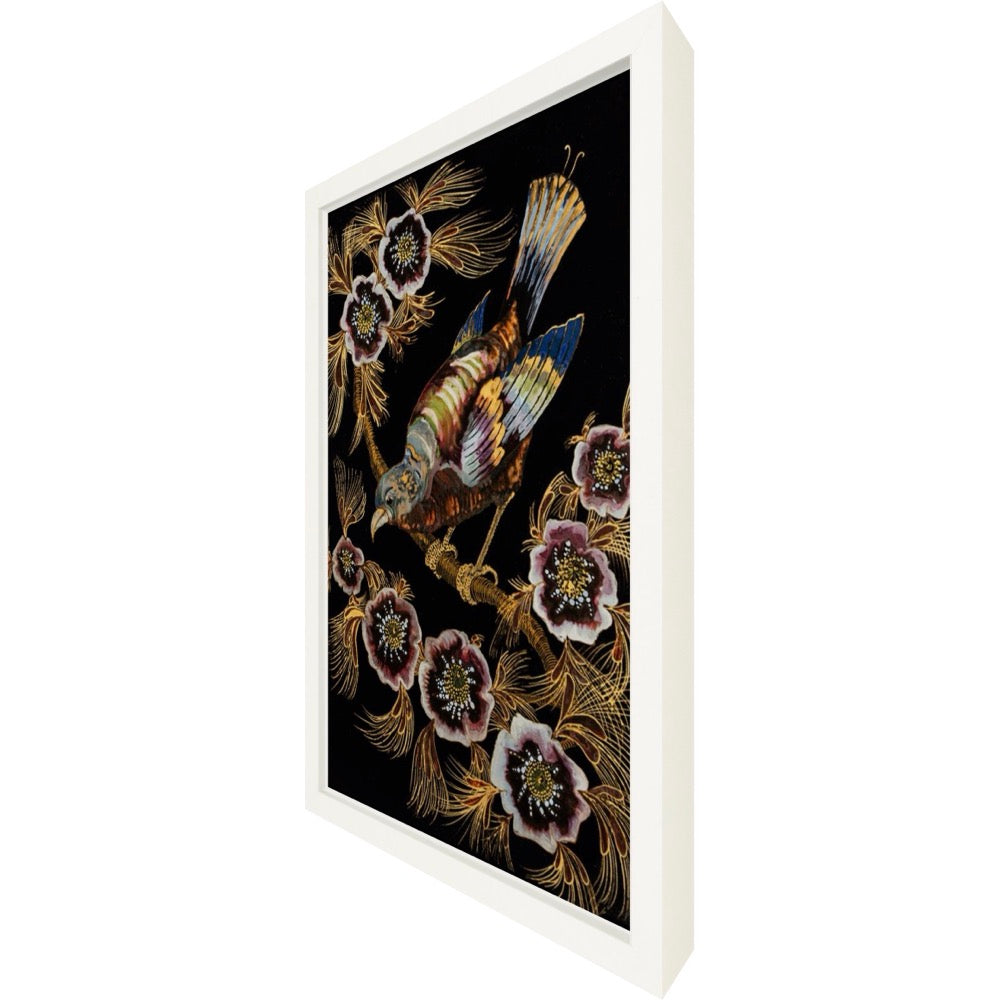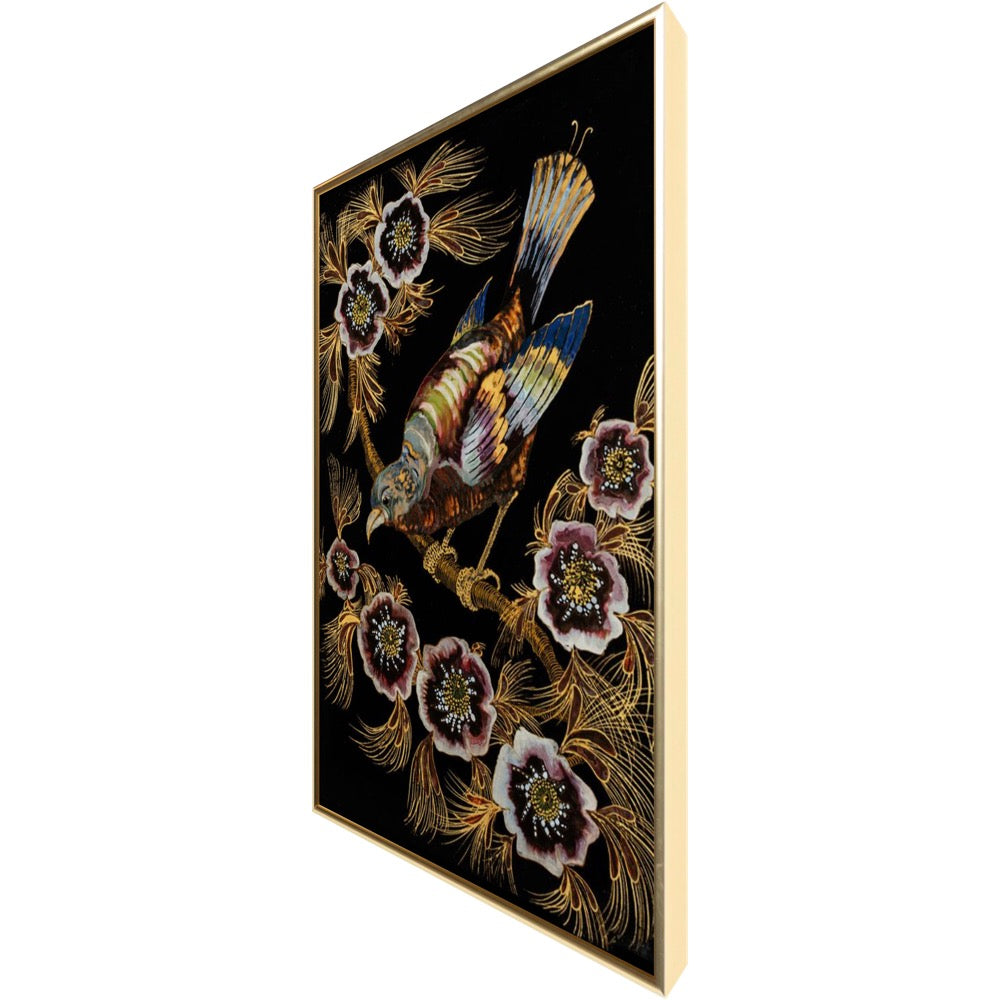LUXE EDITION
Bird of Paradise
Bird of Paradise
Couldn't load pickup availability
Shipping & Return Policy
Shipping & Return Policy
Print delivery: 5–11 days
Framed prints and decor: 2-3 weeks
Returns within 2 weeks
See policies in the footer
Luxe vs. Classic Prints
Luxe vs. Classic Prints
Luxe Prints – Premium prints on a variety of high-end fine art paper options and frames for a sophisticated presentation. Some fit standard frames, while others maintain non-standard historical proportions.
Classic Prints – Affordable, high-quality prints with a smoother finish for sharp detail designed to fit off-the-shelf frames. Classic prints have the word 'classic' above the title and a letter which shows the sizes that the print comes in. Size A– 4x6", 12x18", 16x24", 20x30" B– 6x8", 9x12", 12x16", 18x24", 24x30" C– 8x10", 16x20"
Understanding Our Print Sizes
Understanding Our Print Sizes
Historical prints vary in proportion based on their original format. Whenever possible, we match them to the closest standard size, using common print ratios like 2:3 (e.g., 8x12) or 3:4 (e.g., 9x12). However, resizing some prints can distort the artwork's integrity, so we can only offer them in their original proportions. Additionally, we use different printers for our product lines, and not all sizes are available with every printer.
Some artworks pull you in with their sheer complexity, and Michalina Janoszanka’s reverse glass painting of a bird among golden blooms is one of them. This piece isn’t just visually gorgeous—it’s an exquisite blend of folk tradition, modernist experimentation, and pure, unapologetic beauty.
Why We Picked It
Against a deep black background, a bird perches delicately on a twisting branch, its feathers shimmering with an iridescent mix of blues, greens, browns, and purples. Gold detailing highlights the creature’s contours, giving it an almost ethereal glow. Surrounding it, flowers bloom with dark, velvety petals, their intricate centers echoing the richness of embroidered textiles. Delicate golden flourishes extend from the branches, reinforcing the painting’s dreamlike quality. Every element—each line, color, and gilded accent—contributes to a sense of movement and depth that is mesmerizing.
Notable Context
Birds have long carried symbolic weight in Polish culture, deeply woven into both folklore and religious traditions. They are seen as messengers between worlds, representing the soul’s journey and the connection between the earthly and the divine. This belief, rooted in Slavic mythology and Catholic symbolism, gives Janoszanka’s bird an added layer of meaning—it is more than a decorative element, it is a spiritual guide.
The gold detailing, reminiscent of religious iconography and Eastern Orthodox sacred art, suggests something almost holy, elevating the everyday beauty of nature into the realm of the mystical. The deep black background, often used in Polish folk and religious art to emphasize the luminous, otherworldly quality of subjects, heightens the painting’s dreamlike presence. A twilight dream, a sacred space, or a moment frozen in time, much like the stained glass windows of a cathedral.
The 1920s were a period of rediscovery—Poland had just regained independence in 1918, and artists were looking both to the past and the future to define their national identity. The Young Poland movement, which lingered in influence, embraced folklore and Symbolist dreamscapes, both of which shine through in this painting. At the same time, a folk art revival was elevating traditional crafts, including reverse glass painting, into the realm of fine art. Janoszanka’s meticulous gold detailing and stylized forms reflect the era’s fascination with blending folk traditions with modernist design, much like the work emerging from the Kraków Workshops.
About The Artist
Michalina Janoszanka (1889–1952) was a pioneer in reverse glass painting, a technique more commonly associated with folk art than modernist movements. Trained in Kraków and Vienna, she explored traditional oil painting but found her most distinctive voice in glass. Unlike the rigid, religious iconography typical of Polish glass painting, her work burst with intricate lace-like linework, glowing textures, and almost psychedelic compositions. Her paintings, with their jewel-toned palettes and surreal atmospheres, captured the imagination of the Young Poland modernist movement.
Though often remembered as the muse of Polish symbolist Jacek Malczewski, Janoszanka’s artistic legacy stands on its own. Her work challenged the boundaries between craft and fine art, proving that even a centuries-old technique could be reimagined into something bold, modern, and utterly hypnotic. This painting is a perfect testament to her genius—an enchanting interplay of light, color, and tradition.
